
The ideas of containment are closely linked with those of attachment as they both rely upon an emotional connection between adults and children.
Children are not born with their attachment already formed. It emerges over time as they develop a trusting relationship with those adults who can make their world safe and secure by containing their anxieties.
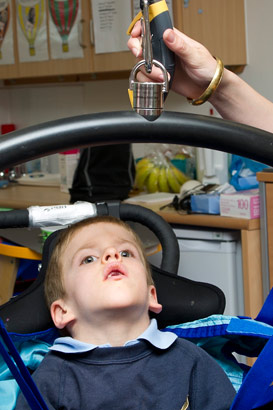
An attachment is an emotional bond between the child and the adult.
The psychologist John Bowlby was the first attachment theorist, describing attachment as a
'...lasting psychological connectedness between human beings.'
(Bowlby, 1969, p.154).
Bowlby believed that the earliest bonds formed by children with their parents/carers have a tremendous impact that continues throughout life.

The central theme of attachment theory is that the main caregivers, who are available and responsive to their infant's needs, establish a sense of security for them.
The infant knows that the carer is dependable, and this creates a secure base for the child to explore the world.
The caregiver strengthens their attachment to the child in a number of different ways:
- Emotionally - 'My caregiver understands my feelings'.
- Cognitively/communicatively - 'My caregiver is aware of my needs'.
- Interactively - 'My caregiver is there for me'.
- Physically - 'My caregiver is nearby'.
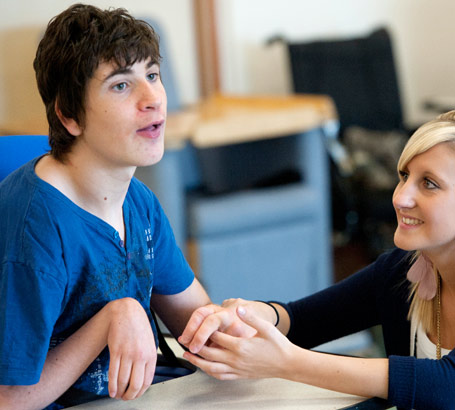
Attachment relationships play a key role in the child's:
- Development
- Concept of self
- Life experiences
- Relationships with others
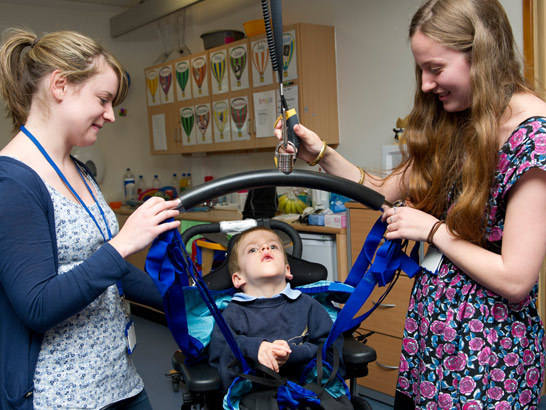
Development unfolds through experience, exploration and play and these, in turn, are directly influenced by how safe and secure the child feels.
How secure children feel is directly influenced by the quality of the attachment experience with their primary caregivers.
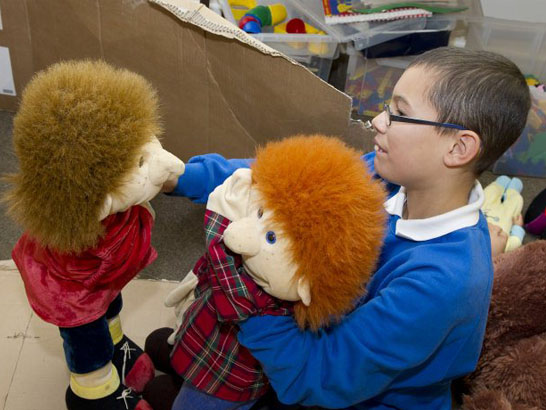
Through the attachment experience, and in association with care that is consistent, sensitive and encouraging of their efforts, infants come to perceive themselves to be good, lovable and competent.
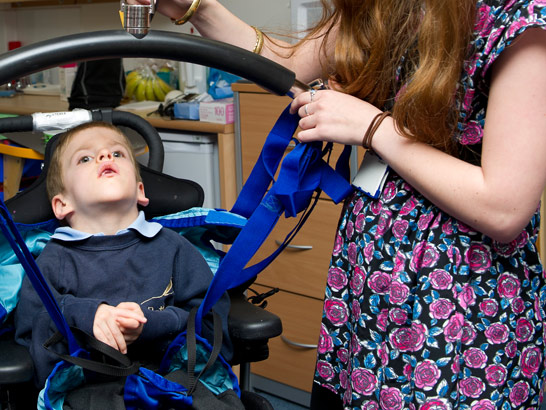
As a result of a strong, secure and trusting relationship, children are likely to feel empowered to take 'risks', accept challenges and cope with failure.
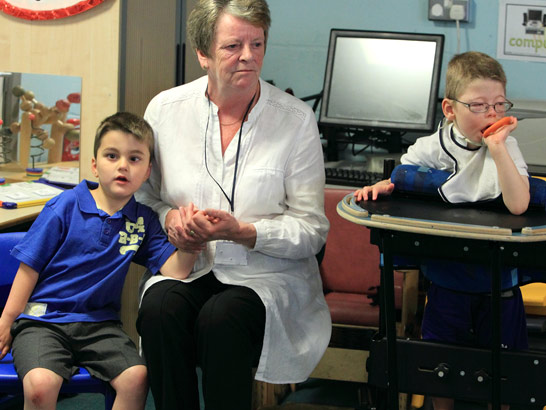
Through a strong attachment relationship, children learn how to engage with other human beings. Trust develops through the accessibility of the carer and their sensitivity to the child's needs.

Children's behaviour and its effects become regulated by a concern for maintaining a positive and loving relationship with their carers.
Bowlby referred to 'attachment behaviour' as any form of activity that results in a child accessing and/or maintaining proximity to some other clearly identified individual who the child believes is better able to cope with the world.
The knowledge that an attachment figure is accessible and responsive provides a strong and pervasive feeling of security, encouraging continuity of the relationship.
In all children behaviours that show a desire to maintain a relationship include:
- Eye contact
- Reaching
- Smiling
- Signalling or calling
- Pouting
- Holding or clinging
- Protesting separation
- Seeking to be picked up
- Following

Pearce, Colby (2009), A Short Introduction to Attachment and Attachment Disorder. London. Jessica Kingsley Publishers.
Bowlby, J. (1969), Attachment and loss, Vol. 1: Attachment. New York: Basic Books.